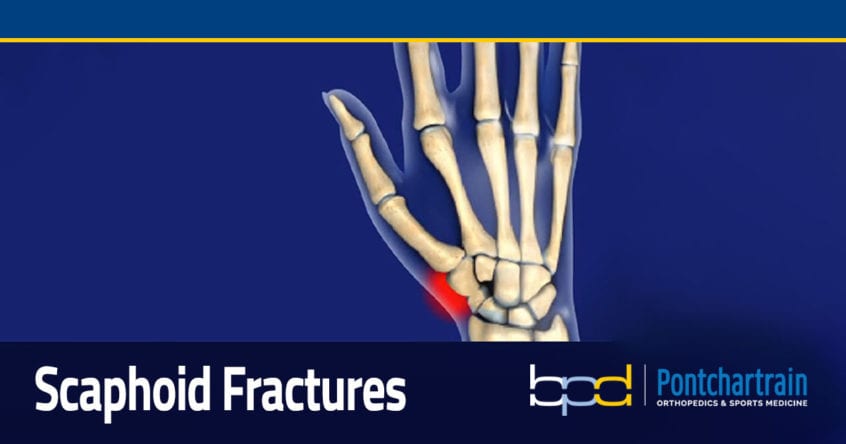What are Scaphoid Fractures?
The scaphoid is one of the eight small carpal (wrist) bones. It is the most commonly fractured carpal bone, accounting for 55% of all carpal fractures. Symptoms of scaphoid fractures include pain and tenderness—especially when pinching or holding an object—where the wrist meets the thumb. This area is called the “anatomic snuffbox." These fractures are often mistaken for wrist pain like sprains. A scaphoid fracture and sprained wrist share similar symptoms, like pain, weakness, bruising, or tenderness around the wrist. The symptoms can often settle down within 1-2 weeks, leading the patient to believe there was no fracture. Treatment depends on the severity and location of the fracture.
What Causes Scaphoid Fractures?
How Are These Fractures Diagnosed?
Treatment Options
Non Surgical
Surgical
Recovery Time
Non-surgical treatment of scaphoid fractures may take up to 8-12 weeks to fully heal, and a cast or brace is worn during that time. During this time, the patient should avoid activities that place pressure on the wrist, such as lifting or pushing more than one pound of weight, climbing ladders, participating in sports, or using machinery. Patients who wear a cast for a long period of time or those who undergo surgery may need physical therapy to restore proper movement to the wrist.
The recovery after surgical treatment depends on the location and severity of fracture. A brace or a cast is usually required for a minimum of 4-6 weeks in stable fractures, but longer immobilization may be required in proximal pole or comminuted (crushed) fractures.
The scaphoid is one of the worst bones to fracture in the upper extremity because it has poor blood supply and subject to high stresses. This can make healing of the bone a challenge, despite a “perfect” surgery. Prompt diagnosis and treatment can help increase successful treatment of scaphoid fractures.

